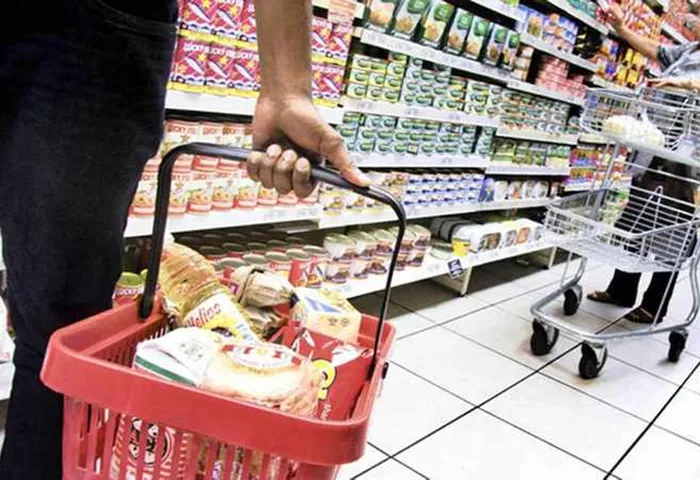Everyday items in South Africa cost R1 808 more than a year ago

Oils and fats prices increased 5.6% year-on-year, while the price of fruits, nuts, and vegetables jumped between 10.3% and 13.5% year-on-year.
Image: File
The cost of living in South Africa has shown signs of slowing, with an annual decline of 2.4 percentage points; however, average monthly bills have still increased by 2.6% from May of last year, resulting in an additional R21 000 in annual expenses for households.
According to Statistics South Africa’s latest inflation report for May 2025, the consumer price index stands at 2.8% year-on-year, a notable improvement from the 5.2% recorded a year prior.
Despite this positive trend, the compounding nature of inflation means that prices for essential goods continue to rise each month.
Based on a basket of goods the average South African may be spending their money on each month, and taking compounding into account against the base price, every day items cost R1 808 more than a year ago.
This is based on the most recent prices for this year, and doesn’t take cost variations into account.
Even without historical price data on items such as DSTV Compact Plus not being readily available, the increase amounts to R21 702 over the year.
And that’s allowing for lower price hikes of one item offsetting the increase in others.
It’s worse if you smoke or drink – those items on average went up year-on-year by 4.3%.
If your weekend party stash of drink cost R1 000 last May, it went up by R43.
That, based on advertisements from liquor stores, is worth almost half the cost of a six pack of beer.
Investec economist Lara Hodes breaks down the contributors to May’s inflation print.
“Within the food basket, meat price inflation, which holds the highest weighting rose to 4.4% year-on-year from 3% year-on-year in April,” she wrote in a note.
Moreover, Hodes wrote oils and fats prices increased 5.6% year-on-year, while the price of fruits, nuts, and vegetables jumped between 10.3% and 13.5% year-on-year.
The good news is that the rate of increase in the cost of living was in line with economist’s consensus.
Meanwhile, Numbeo figures show that Johannesburg is among the cheapest cities in which to live, with only Delhi (India) and Rio de Janeiro in Brazil having a lower index.
Cape Argus